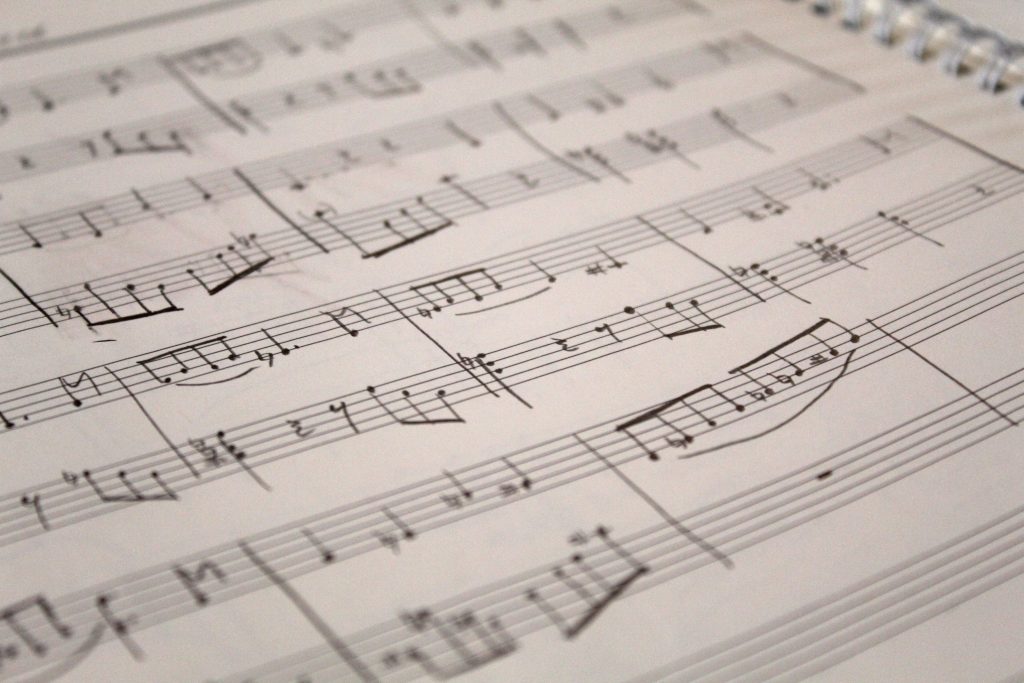
Beethoven’s Chamber Music: Intimate Masterpieces
Introduction to Beethoven’s Chamber Music
Ludwig van Beethoven, renowned for his orchestral symphonies and piano sonatas, also left a significant mark on the world of chamber music. His chamber compositions, though often overshadowed by his larger works, are gems of classical music. In this article, we will embark on a journey to explore Beethoven’s chamber music, delving into its history, forms, and the enduring charm that makes it a vital part of his musical legacy.
Chamber Music as an Art Form
Chamber music is a genre of classical music composed for small groups of instruments, typically no more than 10 players. This intimate setting allows for a close interaction among musicians, creating opportunities for musical dialogues and nuanced expression.
Beethoven’s contributions to chamber music include works for various ensembles, such as string quartets, piano trios, and wind quintets. These compositions provide a unique glimpse into Beethoven’s creative mind and his ability to craft intricate musical narratives within a limited musical canvas.
The String Quartets
Beethoven’s string quartets stand as some of the most celebrated and revered works in the chamber music repertoire. He composed a total of 16 string quartets, spanning his entire career. These quartets are often categorized into three periods: early, middle, and late, each marked by distinct characteristics.
Early Period (Op. 18)
In his early quartets, such as the “String Quartet No. 1 in F major, Op. 18, No. 1,” Beethoven pays homage to the classical style of Haydn and Mozart. These works are characterized by their charm, elegance, and clear formal structures. However, even in these early quartets, Beethoven’s unique voice and innovative ideas begin to emerge.
Middle Period (Op. 59 – Op. 74)
Beethoven’s middle quartets are often referred to as his “Razumovsky” quartets, named after Count Razumovsky, a Russian diplomat and patron of the arts. In these quartets, Beethoven’s compositions take on a more expansive and dramatic character. He introduces bold harmonic explorations, complex thematic development, and a heightened sense of emotional depth.
Late Period (Op. 95 – Op. 135)
Beethoven’s late quartets represent a pinnacle of his chamber music achievement. Compositions like the “String Quartet No. 14 in C-sharp minor, Op. 131,” are profound and introspective. They challenge traditional forms and conventions, offering listeners a glimpse into Beethoven’s exploration of uncharted musical territory.
The Piano Trios
Beethoven’s piano trios, composed for piano, violin, and cello, are another significant part of his chamber music legacy. These works showcase Beethoven’s innovative approach to instrumentation and his ability to create rich and balanced textures within a smaller ensemble.
The “Piano Trio in D major, Op. 70, No. 1,” also known as the “Ghost Trio,” is one of Beethoven’s notable contributions to this genre. It is named “Ghost Trio” due to the eerie and mysterious character of its second movement. Beethoven’s piano trios are marked by their expressive melodies and the dynamic interplay between the instruments.
Other Chamber Compositions
Beethoven’s chamber music extends beyond string quartets and piano trios. He also composed works for other chamber ensembles, such as wind quintets and septets. The “Septet in E-flat major, Op. 20,” is a prime example of his septet compositions, featuring a combination of wind and string instruments.
Beethoven’s chamber compositions offer a wide range of emotions and moods, from the jovial and playful to the profound and introspective. They are a testament to his versatility as a composer and his ability to excel in various musical forms.
Influence and Legacy
Beethoven’s chamber music had a profound impact on the development of the genre. His innovative use of form, harmony, and thematic development influenced later composers, including Johannes Brahms and Dmitri Shostakovich, who drew inspiration from Beethoven’s chamber works.
Chamber music ensembles continue to perform and record Beethoven’s compositions, ensuring that his chamber music remains a vital part of classical music repertoire. Musicians value the depth of expression and the intricate interplay between instruments found in Beethoven’s chamber works.
Conclusion
While Beethoven’s symphonies and piano sonatas may take the spotlight in discussions of his music, his chamber compositions deserve a special place in the hearts of music enthusiasts. These intimate works provide a glimpse into Beethoven’s creative mind and his ability to convey profound emotions through smaller ensembles.
As we explore Beethoven’s chamber music, we discover a world of musical innovation, emotional depth, and artistic mastery. His contributions to the genre continue to captivate and inspire musicians and audiences alike, reminding us of the enduring power of chamber music to convey the depth of human emotion and the intricacies of musical dialogue.
Beethoven’s chamber music is a testament to his legacy as a composer who pushed the boundaries of classical music and left an indelible mark on the world of chamber music for generations to come.